Keeping you informed
Newsletter August 2021
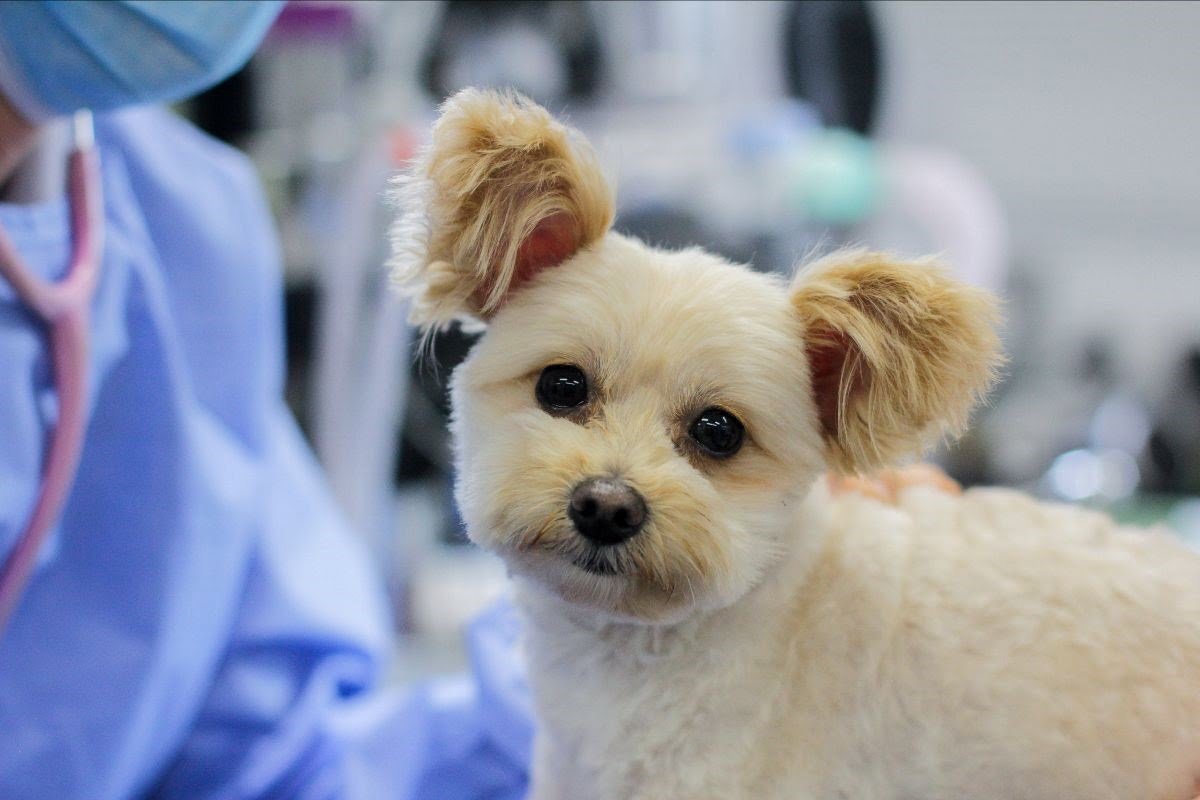
Beware: Deadly Ticks About
Tick season has arrived and we have seen several cases of deadly tick toxicity even prior to the onset of spring. Don’t wait until it’s too late. If you’re not sure if you’re using the best tick cover for your pet, please schedule a tick preventative appointment with our team so we can administer the most protective tick treatments correctly for your pet’s weight. Be sure to read our tick advice article below – “Protect your pet from deadly ticks”.
A reminder that under the current NSW Health advice, clients are not currently permitted indoors, but your pets are very welcome, so after your pet is handed over to our animal-loving team, our vets are doing contactless veterinary consultations on the phone to remain in contact with you during your pet’s visit.
Lockdown can be a great opportunity to bond with our pets, and in particular, address some of the problem behaviours that may have developed. Our pet behaviour consultant, Katie Bedrossian, is available for consultations via Zoom by booking in with our reception team on (02) 9988-0198. She even has her own dog, Chase, demonstrating some of the training techniques she uses.
Protect Your Pet from Deadly Ticks
Author: Dr Gretta Howard – Senior Veterinarian
 The North Shore and Northern Beaches of Sydney are home to the deadly paralysis tick, Ixodes holocyclus. Once attached, it can inject a neurotoxin (nerve toxin) into your pet and cause paralysis and death within 5 days if your pet is not treated promptly. Even with veterinary care, tick toxicity sadly has a 5% mortality rate.
The North Shore and Northern Beaches of Sydney are home to the deadly paralysis tick, Ixodes holocyclus. Once attached, it can inject a neurotoxin (nerve toxin) into your pet and cause paralysis and death within 5 days if your pet is not treated promptly. Even with veterinary care, tick toxicity sadly has a 5% mortality rate.
Peak tick season extends from September to the end of February, although dogs and cats with tick toxicity are still seen during winter.
Clinical signs of tick toxicity include:
- Vomiting or retching (mainly dogs)
- Change in the sound of your dog’s bark or your cat’s meow
- Inco-ordinated back legs progressing to paralysis of all limbs
- Breathing difficulties
In this area, we strongly advise using a tick preventative all-year-round.
Dogs:
Our preferred product is a Bravecto chew given every 3 months with food.
There is also a topical Bravecto product which can be applied every 3 months instead of the chew, but in our experience, the chew is more reliable as a preventative product, though the topical product is a good option for dogs that refuse to eat the chew.
Click on the link to read the full article on protecting your pet from deadly ticks.
More Than One Dog in Your Household?
Author: Katie Bedrossian – Pet Behaviour Consultant


Having more than one dog can be lots of fun! More to love, more to play with and more to cuddle. However, in order for your dog or dogs to have a friend (rather than foe), there is more planning required than simply putting the two dogs (or more) together, to ensure a healthy bond.
Here are my top 5 tips for canine harmony:
1. Allow up to 3 months for a strong bond to develop. While some dogs don’t take that long, most adult dogs take time to truly settle and bond with a resident dog and most puppies need this time for the adult dog to work out that living with a lively puppy isn’t so bad after all.
2. Ensure the dogs have separate feeding spaces that the other cannot access (including for chews and long lasting treats). While this is especially important for dogs that are possessive of their food, it is also important for tolerant dogs and puppies, as it prevents problems developing.
Click on the link to read the full article on having more than one dog.
Pet Of The Month


Genevieve and Daisy have been members of the Turramurra Veterinary Hospital family for many years now.
Little Genevieve comes in frequently for blood tests to monitor her medical condition (hyperadrenocorticism aka Cushing’s syndrome), and Daisy most recently threw everyone a curve ball and required spinal surgery!
Both girls are firm favourites among our staff due to their most divine gentle natures. This is obvious by how many of us race out to greet them!
Staff Profile: Dr Alisha Borglund
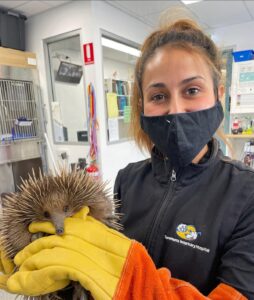
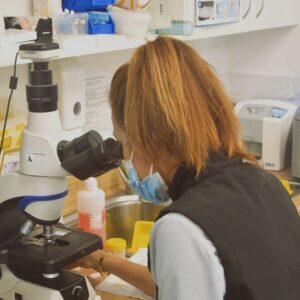
What do you love most about being a vet?
I love the variety that comes with this line of work. Every day is different and no two cases are the same. There’s something really rewarding about putting all the pieces of a puzzle together from an animal’s history, physical examination, and diagnostic test results and then formulating a treatment plan to improve a patient’s quality of life. The more challenging the case, the more satisfying it is when we achieve a great outcome for the animal and client involved.
What experience have you brought to the team at Turramurra Veterinary Hospital that you have learned through your work in emergency and critical care?
ER work is very fast-paced. When you are managing multiple emergency cases at once, time is such a critical factor in ensuring a successful outcome, and these cases include tick paralysis, trauma, poisonings, intestinal obstructions, seizures and haemabdomen. This has enabled me to become an efficient multi-tasker, think quickly and prioritise diagnostics and treatments to ensure the patient is stabilised as rapidly as possible. It has taught me to operate calmly in a methodical way in the face of all kinds of chaotic and high pressure situations. It takes a lot to frazzle me these days!
Click on the link to read the full profile.
Feline Friends: Cats Can Be Very Fussy About Their Water Source
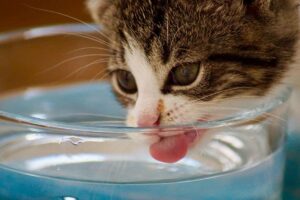
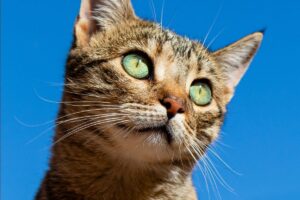
Did you know that cats can be very finicky about where their water is located and where it comes from?
Cats prefer their water to be placed in a different location to their food for hygiene reasons, which would have been safer for their ancestors catching prey in the wild as water near food could be contaminated.
Why do so many cats drink from the shower recess or from a dripping tap? This comes down to the fact that stagnant water is more likely to be contaminated than flowing water, so is an instinctive survival technique for this species. You can actually buy water fountains for cats to drink from which many cats love!
Lastly, many cats prefer not to drink from plastic bowls, preferring to lap out of glasses filled to the brim with water, or even crockery. Well, cats are royalty, so you’d better meet their high standards.
Innovations: Keeping your Pet’s Anaesthetic Safe

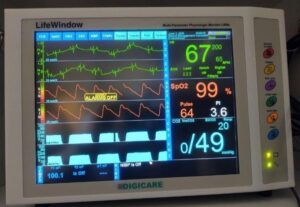
Modern technology allows our team at Turramurra Veterinary Hospital to closely monitor your pet while under anaesthetic through the use of our multi-monitor. This machine has revolutionised veterinary anaesthetic monitoring in our practice, equivalent to standards achieved in a human operating theatre, including:
1. Pulse oximetry – this allows us to constantly read the oxygen levels in your pet’s blood through a probe placed on your pet’s tongue, and should remain > 95%
2.Capnography – this tells us about how your pet is ventilating, measuring the amount of carbon dioxide in the exhaled breath using a device connected to the endotracheal tube
3. Blood pressure – this automatically measures the blood pressure during regular intervals so we can adjust the intravenous fluid rate and gaseous anaesthetic levels to match your pet’s needs
4. Pulse rate – this tells us what the heart rate is at all times so we can adjust the anaesthetic levels appropriately
5. Temperature – a probe is placed into the oesophagus to measure your pet’s core temperature, so that your pet can be kept warm during their procedure through our heated surgical table and our heated air bed

